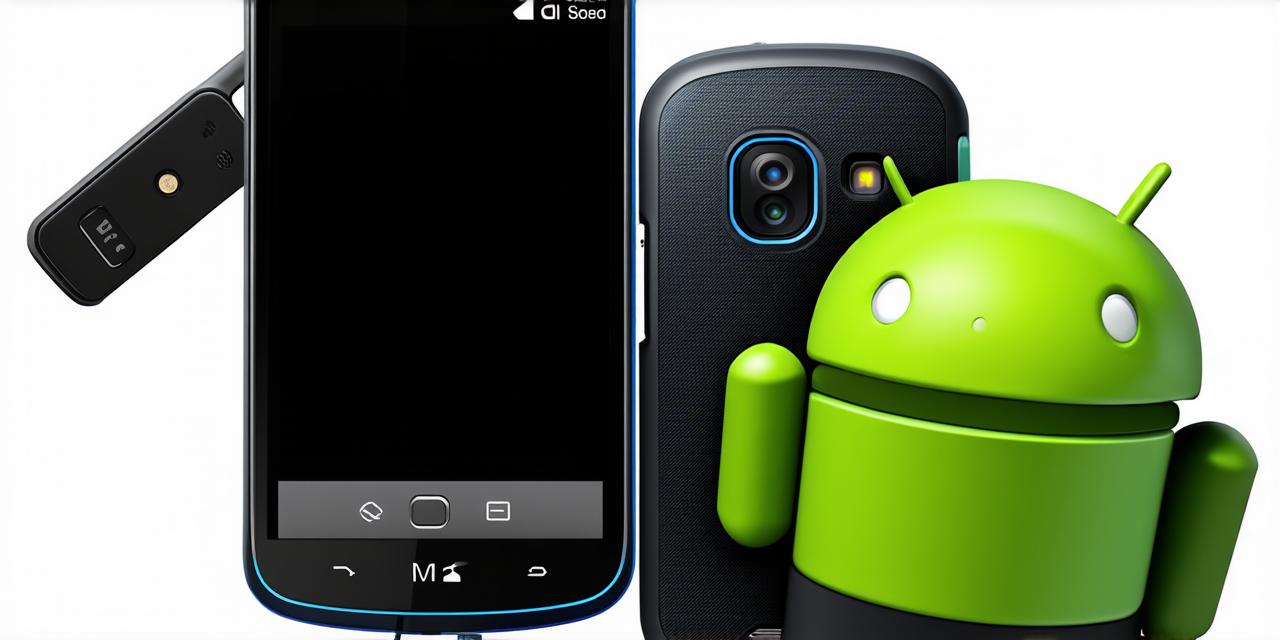Android game development has grown tremendously over the years, with more and more developers creating new games every day. The platform is known for its flexibility and adaptability, making it a popular choice for mobile game development. However, developing an engaging and successful Android game can be challenging, especially for beginners.
1. Understanding Your Target Audience
The first step in creating a successful Android game is understanding your target audience. You need to know who your players are and what they like. This will help you design a game that resonates with them and keeps them engaged.
For example, if your target audience is children, you will want to create a game that is fun, colorful, and interactive. On the other hand, if your target audience is adults, you may want to create a more challenging game that requires strategy and critical thinking.
To understand your target audience, you can conduct market research or surveys to gather information about their preferences, interests, and behaviors. You can also analyze existing games in the same genre to see what works well and what doesn’t.
2. Designing a Compelling Game Concept
Once you have a good understanding of your target audience, the next step is to design a compelling game concept. Your game should have a clear and engaging storyline, interesting characters, and unique gameplay mechanics.
It’s important to make sure your game concept stands out from the competition. You can do this by incorporating innovative elements or twists that keep players engaged and coming back for more.
3. Creating a User-Friendly Interface
The user interface (UI) of your Android game is critical to its success. It should be intuitive, easy to navigate, and visually appealing.
When designing the UI of your game, it’s important to keep in mind that players will be using their mobile devices to play. This means that the interface should be optimized for touch-based controls, with clear and responsive buttons and menus.
You can also use visual cues, such as icons or images, to make the game more intuitive and user-friendly. For example, you might use an icon for a character’s health bar or a button for pausing the game.
4. Optimizing Your Game for Performance
Android games can be resource-intensive, especially on older devices or devices with low RAM. To ensure that your game runs smoothly and doesn’t crash or lag, it’s important to optimize it for performance.
One way to do this is by using efficient coding techniques and minimizing the use of resources such as memory and processing power. You can also optimize the game’s graphics and animations to reduce load times and improve overall performance.
5. Testing and Debugging Your Game
Before releasing your Android game, it’s important to thoroughly test and debug it to ensure that it works as intended. This includes testing for bugs, glitches, and other issues that can cause the game to crash or behave unexpectedly.
To do this, you can use a variety of testing tools and techniques, such as automated testing, manual testing, and user testing. You should also be prepared to address any issues or feedback that are raised during the testing process.
6. Marketing Your Game Effectively
Once your Android game is ready for release, it’s important to market it effectively to reach your target audience. This can include using social media, advertising on mobile gaming websites and platforms, and creating a website or landing page for the game.
You should also consider using influencer marketing, where you partner with popular mobile gamers or streamers to promote your game to their followers.
7. Monitoring and Updating Your Game
Finally, it’s important to monitor your Android game after release to see how players are responding to it. This can include tracking user engagement, collecting feedback, and making updates and improvements based on player suggestions.
By monitoring and updating your game regularly, you can keep players engaged and ensure that it continues to succeed over time.
Case Study: Angry Birds
Angry Birds is one of the most successful Android games of all time, with millions of downloads and a loyal fan base. The game’s success can be attributed to a combination of factors, including its compelling gameplay mechanics, engaging storyline, and effective marketing and promotion.
One of the key factors that contributed to Angry Birds’ success was its addictive gameplay. The game’s physics-based puzzles were challenging enough to keep players engaged, but not so difficult that they became frustrated. Additionally, the game’s colorful graphics and humorous characters made it appealing to a wide range of audiences.
Another factor that contributed to Angry Birds’ success was its effective marketing and promotion. The game was released on multiple platforms, including Android and iOS, and was heavily promoted through social media and advertising campaigns. Additionally, the game’s creators, Rovio, collaborated with other brands and companies to create tie-ins and merchandise that further increased the game’s popularity.
Real-Life Examples of Successful Android Games
There are many successful Android games that have implemented the techniques and strategies discussed in this article. Here are a few real-life examples:
- Candy Crush Saga – This popular puzzle game has been downloaded over 500 million times and generates millions of dollars in revenue each year. The game’s addictive gameplay, engaging storyline, and effective marketing have made it one of the most successful Android games of all time.
- Fortnite – This multiplayer battle royale game has become a cultural phenomenon, with millions of players from around the world competing in daily matches. The game’s fast-paced action, colorful graphics, and frequent updates have kept players engaged and coming back for more.
- Clash of Clans – This strategy game has been downloaded over 500 million times and generates millions of dollars in revenue each year. The game’s engaging gameplay mechanics, customization options, and frequent updates have made it one of the most successful Android games in the strategy genre.
FAQs
Q: What are some common mistakes to avoid when developing an Android game?
A: Some common mistakes to avoid when developing an Android game include poor optimization for performance, lack of testing and debugging, and failure to monitor and update the game after release.
Q: How do I market my Android game effectively?
A: To market your Android game effectively, you can use social media, advertising on mobile gaming websites and platforms, influencer marketing, and creating a website or landing page for the game.
Q: What are some tools and techniques for testing and debugging an Android game?
A: Some tools and techniques for testing and debugging an Android game include automated testing, manual testing, user testing, and using crash reporting and analytics tools to identify and address issues.



